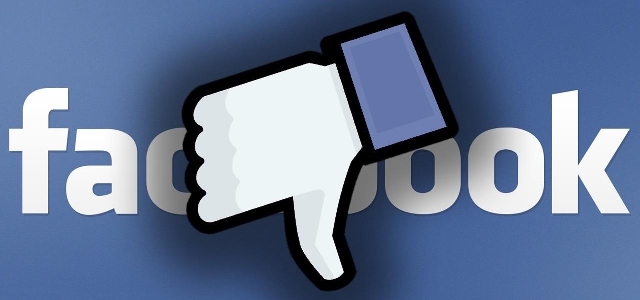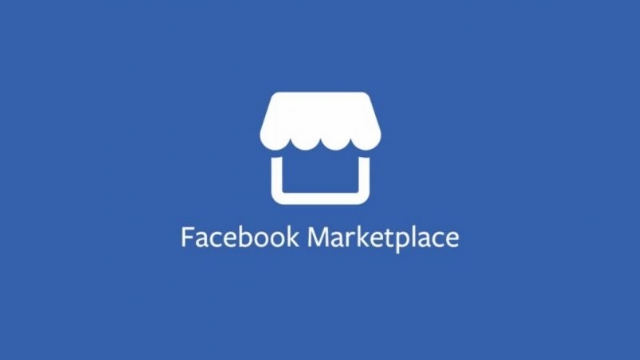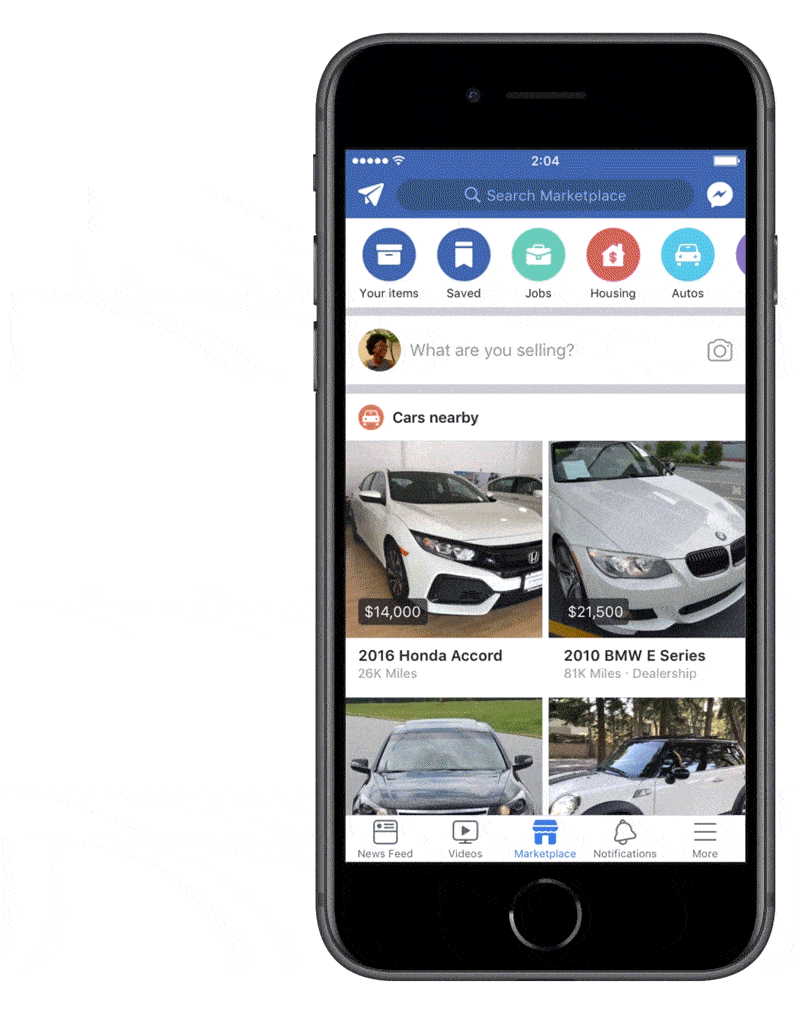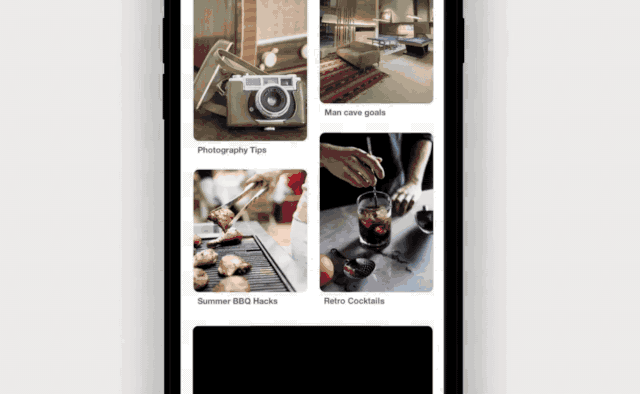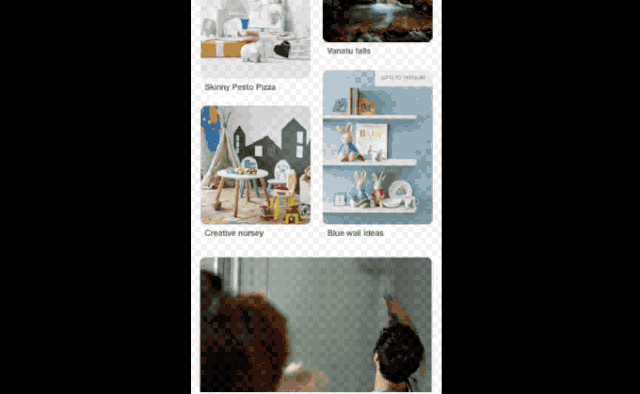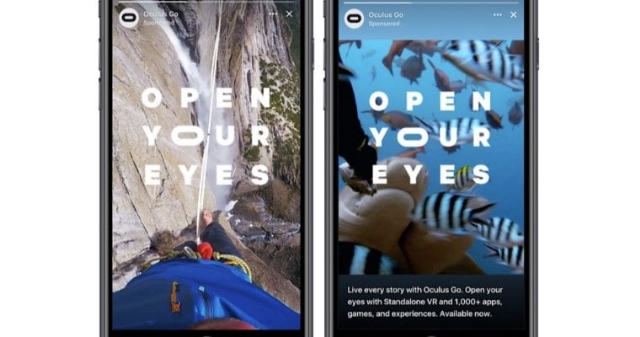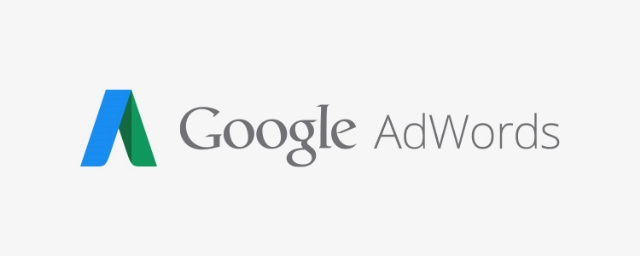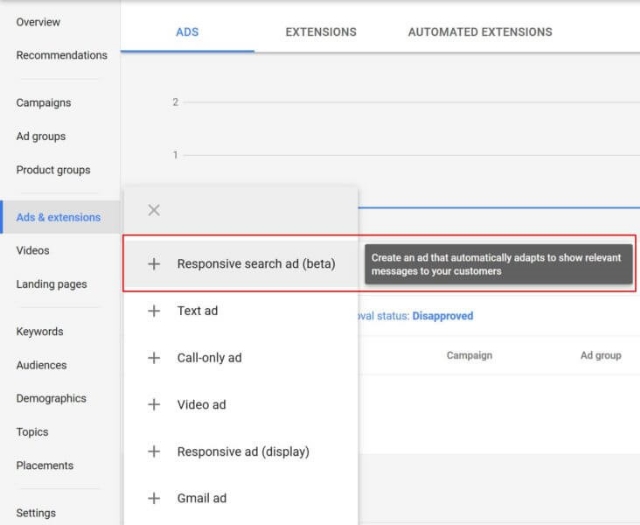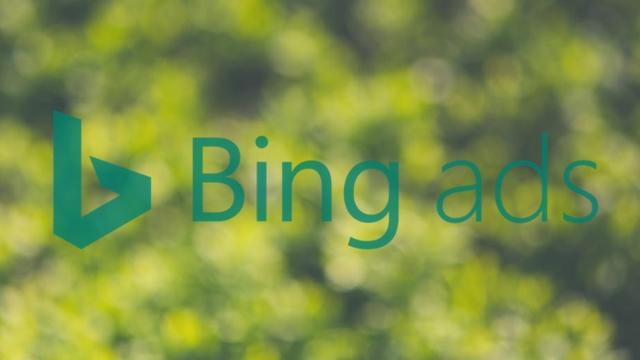
Many think that B2B marketing requires a completely different approach than marketing from a business directly to consumers. There is the belief that they B2B audiences don’t use social media or Google the same way that other audiences do and that you have to use a more “old-school” approach.
However, a new survey from Clutch shows that B2B audiences are just as, if not more likely, to use search engines and social media to find business information as other demographics.
The survey of 384 consumers of online business content found that 87% frequently find business content using search engines, 85% use social media to find business content, and 75% encounter content most frequently on company websites.
The findings show that it is more important than ever for B2B-focused companies to modernize their marketing techniques and connect with clients through popular platforms like Google and Facebook.
As part of ensuring they are working with only the most reliable businesses, B2B customers extensively research the companies and products they need online as part of their purchasing process.
They also widely use the internet to keep up-to-date with the latest trends and news in their industry, providing ample opportunities for businesses to advertise and market themselves in their niche.
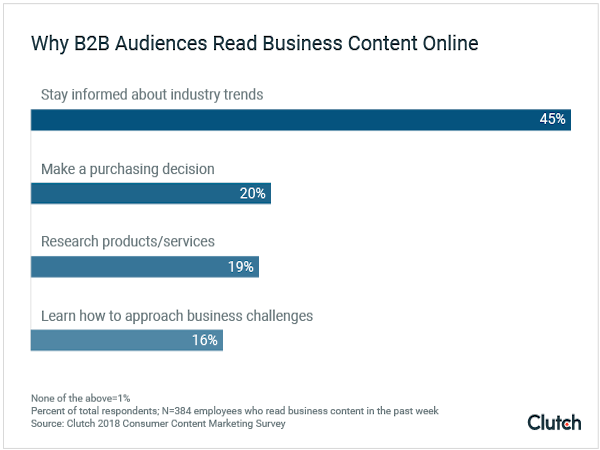
According to the survey, nearly half of B2B audiences primarily read business content online to stay aware of the latest happenings in their industry. The second most common reason was to inform their purchasing decisions.
The big takeaway here is that B2B marketing shouldn’t be stuck in the past. Purchasers are incorporating modern sources of business content and doing an increasing amount of their business purchasing online. Unless, you’re making your brand a part of those online conversations and research, you’re missing a chance to bring in customers looking for the products and services you offer.

